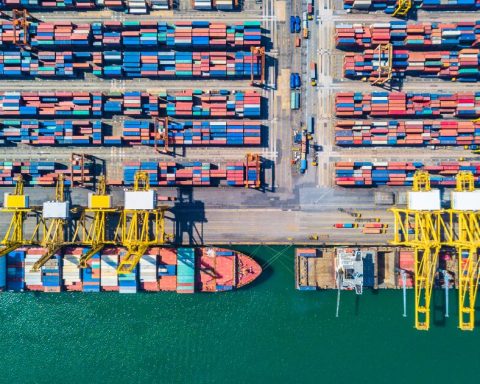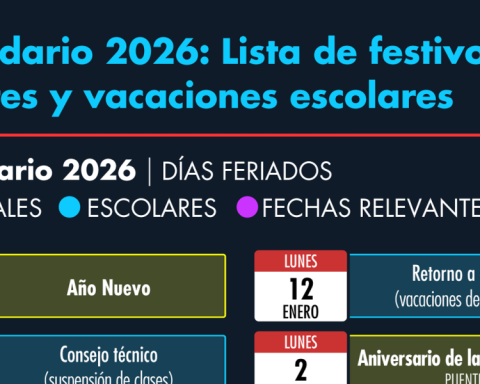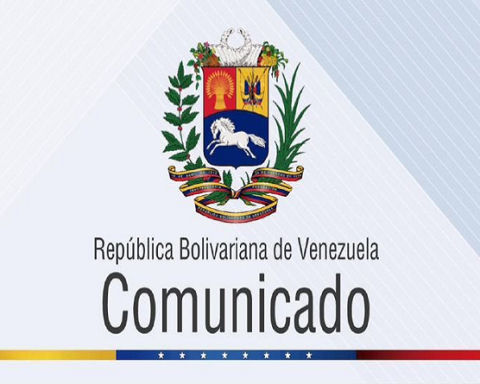States generate their income through contributions such as taxes, duties, products, profits, sales of goods and services, among others.
Taxes contributed half of own revenues (256.4 million pesos), but it is less than a tenth (8.6%) of total revenues.
“State governments should take full advantage of their taxing powers to increase their revenues, improve the provision of public goods and services, and reduce their dependence on federal government transfers,” IMCO suggests.
The above is because 81.2% of state resources come from transfers from the federal government, and the remaining 3.3% corresponds to the contracting of public debt.
By state, those that generate the least own income with less than 7% are: Guerrero (2.7%), Oaxaca (5%), Morelos (6.6%) and Tlaxcala (6.9%).
While those with the highest share of own income are: Mexico City (43.3%), Chihuahua (25.7%) and Quintana Roo (23.7%).
The IMCO points out that the limited fiscal autonomy and dependence of state governments on resources from the Federation cannot be attributed exclusively to their limited tax powers; for example, in 2023, only 16 entities collected the tax on the ownership or use of vehicles, and only 15 collected the tax on the final sale of alcoholic beverages.















